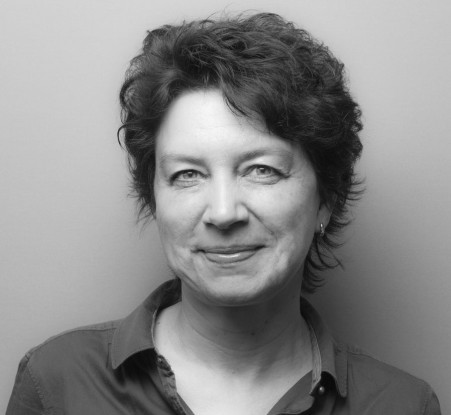RotoColumn- Design Optimization
Student research project by Janine Junen
COLUMN, in architecture, a vertical element, usually a rounded solid shaft with a capital and a base, which in most cases serves as a support. Concrete columns are key ingredients in the design of constructive systems in the building industry. In conventional manner the structural concrete columns are solid vertical elements. However, the hollow concrete columns can perform structurally similar to solid columns under compression while significantly reducing the weight and material consumption. This research is focusing on geometrical optimization of hollow concrete elements to maximize their structural performance.
In this project column forms are generated through tensioning tubular hyper-elastic membranes. The minimal surfaces are generated through internal compression rings from inside or tension the anchor points from outside of the membrane formwork.
Both geometric articulations are parameterized and subsequently optimized. Different optimization tools, such as, Galapagos, Oktapus, etc. are compared. The analysis of structural strength, deformation, displacement and form finding of the relaxed surface are all done in a real time process.
This research is bridging the gap between fully conventional design methods and fully digital driven procedures (e.g. Topological Optimization) for structural concrete columns and focusing on development of optimization tool for human-designed Roto-columns. In this procedure the design is preserved as a human activity with the aid of digital tools. The first stage of the design is driven by the material behavior of hyper-elastic membranes and fabrication constrains of the Roto-Form technique.
Supervised by Samim Mehdizadeh and Prof. Oliver Tessmann










